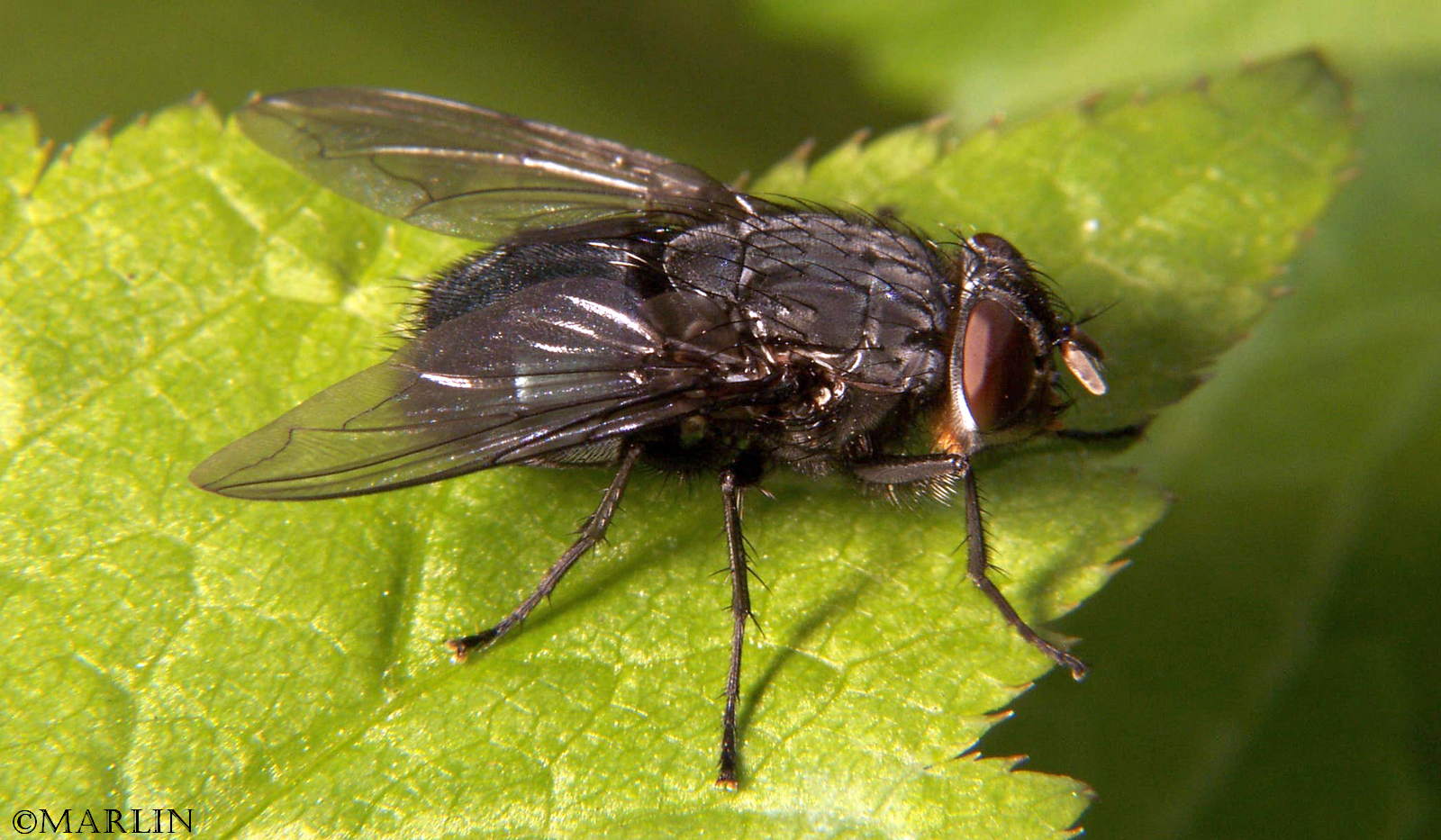Blue Bottle Fly – Calliphora vomitoria
Most blow flies lay their eggs almost exclusively in dead or rotting flesh. A few species’ larvae are parasitic on bird nestlings, some have larvae that live as internal parasites of mammals; they are serious pests of livestock, especially in the tropics. They cause myiasis, a condition in which their larvae inhabit the skin or connective tissue of large mammal hosts. Larvae of some bot flies (Oestridae), and flesh flies (Sarcophagidae) also use this parasitic stage. [1].
Calliphorids are usually the first insects to arrive at a fresh carcass, sometimes within minutes of death; they are attracted by the organic odors of decomposition. Eggs are laid around natural body orifices or open wounds, and the larvae molt and pupate at predictable rates for any given ambient temperature and humidity; it is for these reasons the blowflies are so important in forensic pathology. Maggots (larvae) and pupariums (the hollow cases left behind after the adult fly emerges) collected from a body can be used to determine, sometimes very accurately, the time of death.
Female blow flies require a substantial amount of protein to develop mature eggs within their ovaries. A typical female blow-fly typically lays 150-200 eggs per batch, and up to 2,000 eggs during her lifetime.
Flies Main | Flies Index | Tachinidae | Syrphidae | Bee Flies | Blow Flies | Flesh Flies

